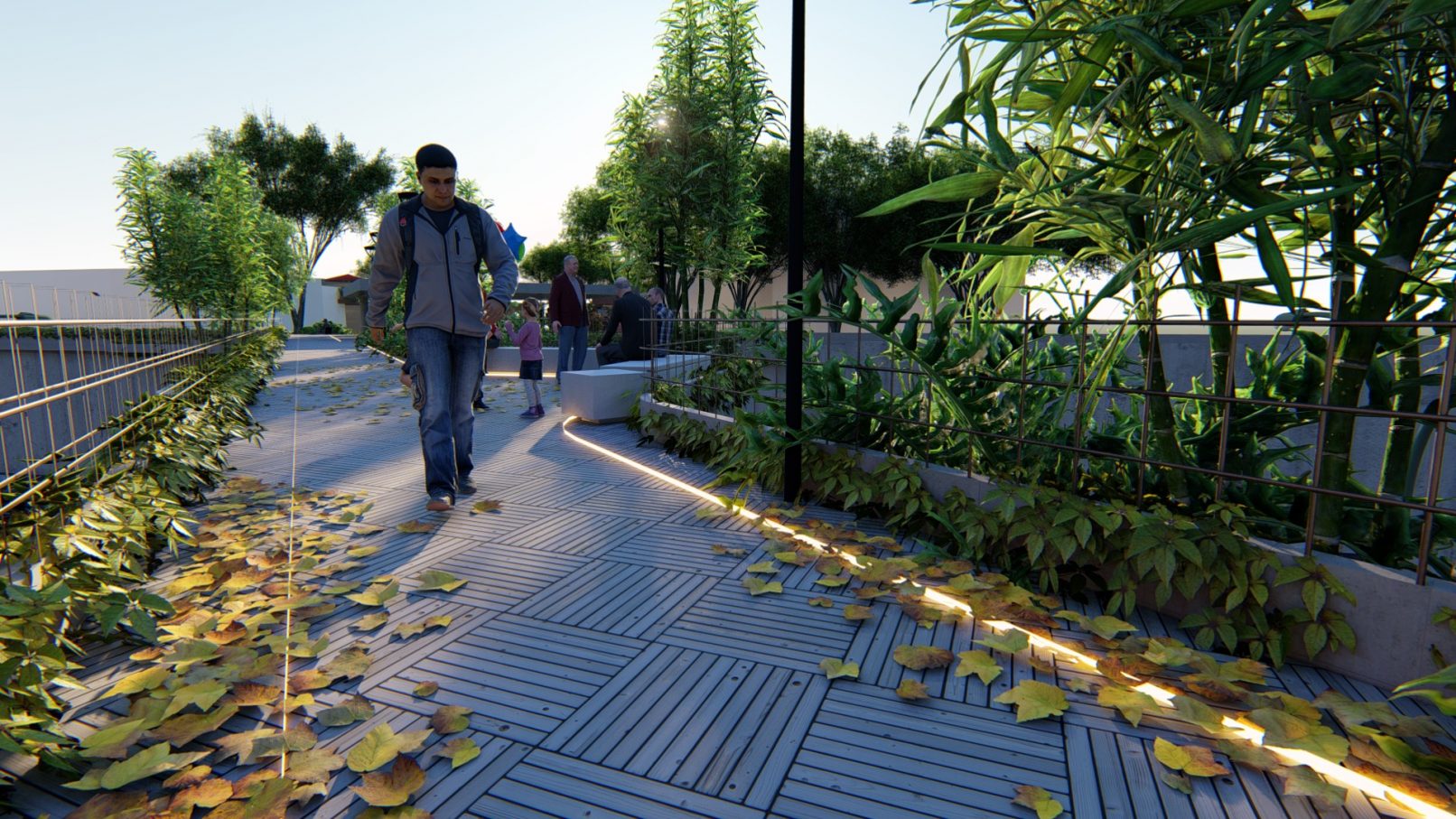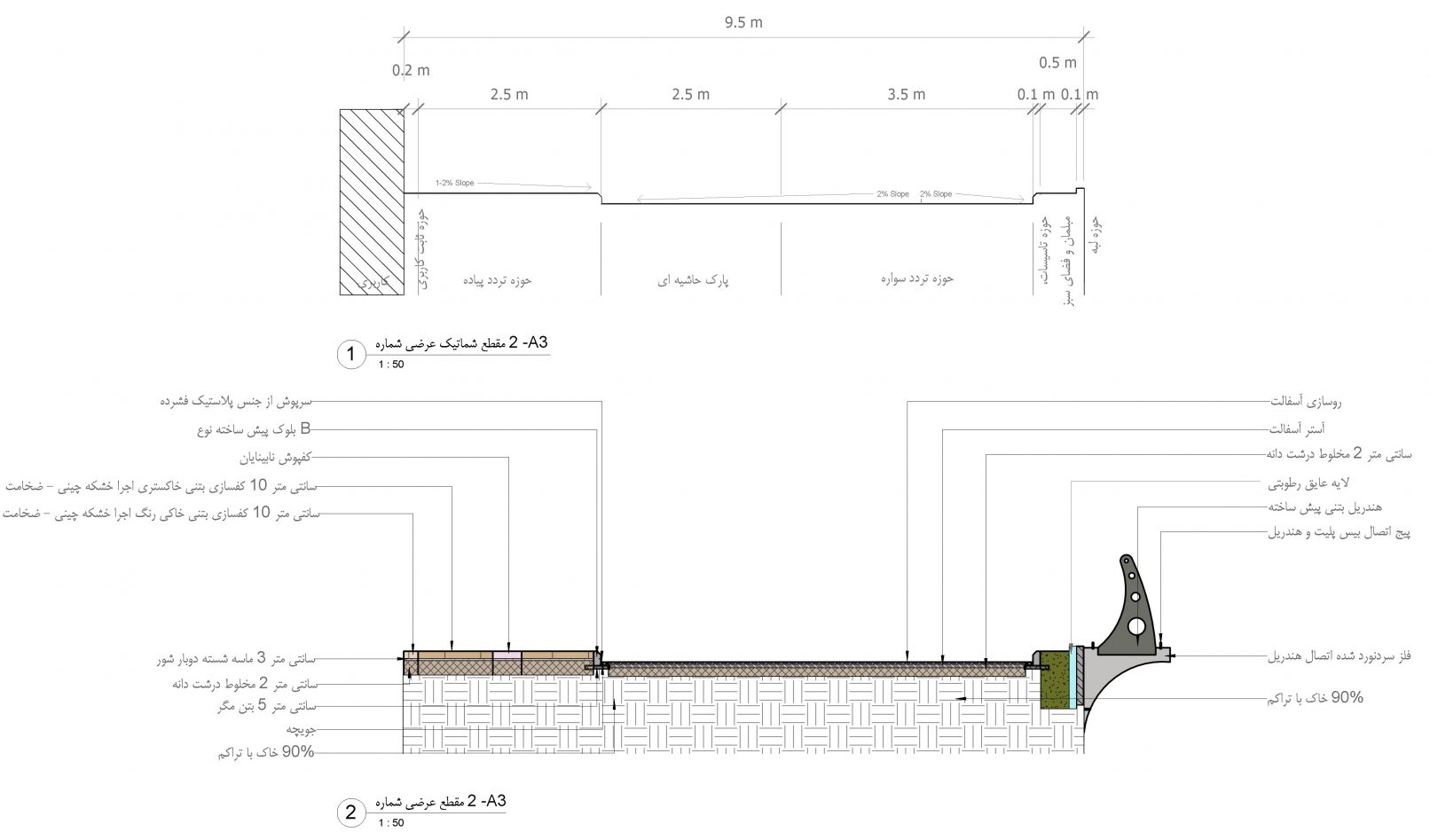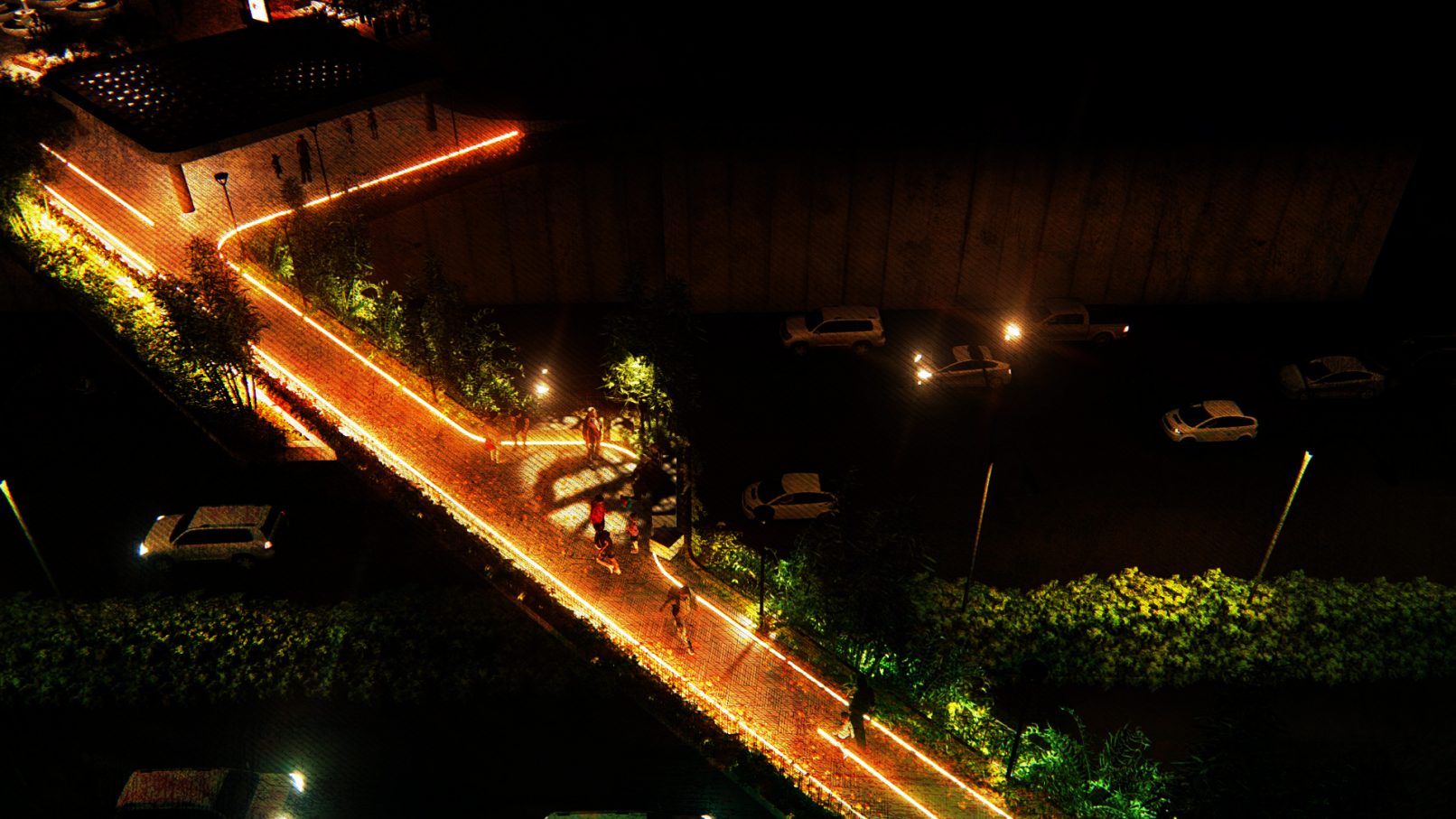Lashgar
Improving the quality of life in neighborhoods with deteriorating structures, alongside housing renovation, creates added value in these areas and reduces the housing price gap between them and more affluent nearby neighborhoods. Efforts to improve the living environment in disadvantaged neighborhoods serve as beacons of hope for residents in such areas, contributing to social justice in large cities like Tehran.
A brief look at Tehran Municipality’s activities in recent years and the limited budgets allocated for the improvement and organization of neighborhoods with deteriorated structures and the increase in residential services indicates that there has not yet been a serious commitment to significantly reduce the living standard disparities between these areas and neighborhoods with better living conditions.
Therefore, it seems essential for experts to fully understand these neighborhoods, carefully assess the real needs and priorities of their residents, and define environmental improvement projects and organizational plans with precision and sensitivity.
The Renovation Services Office for the Majidiyeh, Kerman, and Lashgar neighborhoods, in collaboration with local residents, has pursued the largest number of environmental improvement and axis organization projects in the Lashgar neighborhood. It can be confidently said that the environmental improvement plan for the Imam Ali Highway’s side road is the most significant and impactful proposal in this regard. We hope that proper planning and implementation will lead to increased social and physical value in these neighborhoods.
1. Problem Statement
After the acquisition of buildings and the construction of Imam Ali Highway, many neighborhoods along the highway were split into two sections, creating defenseless spaces along the edges of the highway. These spaces have caused problems for residents in areas like the eastern and western Lashgar neighborhoods. The lack of an integrated approach and the absence of a detailed plan for organizing the side roads have not only failed to reduce social and physical problems but, in some cases, have exacerbated them. For example, dense green spaces have been created that provide a scenic view for highway drivers but pose major challenges for residents at a pedestrian level. Undefined and jagged corners, defenseless and abandoned spaces, unplanned greenery, disconnected sidewalks, and insufficient lighting are among the most significant problems along the side road of Imam Ali Highway, reducing residents’ willingness to move through the area and creating opportunities for various social issues.
Considering all these issues, as well as the repeated requests from residents through local councils, the Municipality of District 3 (Region 8), and the Renovation Services Office experts, an environmental improvement plan for the side road is being proposed with the aim of addressing physical problems and increasing social security. It is worth noting that since its inception in the Lashgar neighborhood in 2013, the Renovation Services Office has been actively pursuing these issues and has taken several steps in this regard.
2. Importance and Necessity
The presence of people in urban spaces ultimately leads to an improvement in environmental quality and an increase in social cohesion. Given the very low per capita rates of parks and green spaces in the Lashgar neighborhood, and the lack of suitable gathering places for social interactions, especially for women, children, and the elderly, optimal and maximum use of existing urban spaces is a priority for organization and improvement plans. Additionally, as public presence in these spaces increases social surveillance and stimulates local micro-economies, the participation of local residents in such areas becomes even more crucial for enhancing social security.
On the other hand, security for residents’ mobility at night in most parts of the side road of Imam Ali Highway, within the Lashgar neighborhoods (East and West Lashgar), is significantly compromised due to poor lighting and reduced visibility. Repeated reports of drug consumption and distribution, car theft, robbery, and harassment, particularly toward women and children in certain areas after dark, have been made.
What is of greater importance is proposing a plan that addresses the specific physical, social, and cultural issues of the Lashgar neighborhood. In addition to solving the aforementioned problems and others that may be detailed in foundational studies, the design should bring social and cultural added value to the Lashgar neighborhoods. Routine beautification of this side road with current models may only serve as a temporary solution to this deep-rooted issue and could waste financial resources. Therefore, the design process in this area must be pursued with greater sensitivity to ensure that hope for improving current conditions is maintained by addressing physical issues and using experiential approaches like CPTED (Crime Prevention Through Environmental Design).
Overall, it seems that addressing these challenges, considering the importance of security and the dissatisfaction of residents, should be among the top priorities of urban managers and related authorities.
3. Objectives
- Improve the physical condition of defenseless and abandoned spaces
- Enhance the sense of physical and psychological security for residents
- Boost vitality, memorability, and liveliness of the environment
- Increase residents’ sense of belonging to the neighborhood
- Attract managerial capacities and engage residents and stakeholders
- Improve traffic circulation and parking conditions
4. Issues and Problems
Based on field studies, the issues along the side road can be categorized into four sections from the Bakhtar Canal to Lashgar Street, from Lashgar Street to the Hashemi Sanjani Bridge, from the Hashemi Sanjani Bridge to Fattahi Street, and from Fattahi Street to Sabilan Street. However, the main issues along the entire side road can be summarized as follows:
- Lack of sufficient green spaces and parks for leisure
- Jagged and undefined edges along the side road and unsafe corners
- Unutilized and abandoned open spaces
- Abandoned, derelict properties
- Unsafe pedestrian-vehicular intersections
- Unsafe height differences between the highway and the side road in some areas
- Unplanned and poorly maintained green spaces
- Inadequate lighting for pedestrian and vehicular movement
- Lack of proper waste collection services
- Continuous walls and old, worn-out residential facades
- Poor placement of exercise equipment and benches along the route
- The area becoming a hotspot for drug users and other undesirable social groups
- Disconnected pedestrian spaces
- Overgrown, poorly designed green spaces along the side road
- Unsafe bridges for children
- Traffic overload on internal streets in the East Lashgar area
- Chaotic parking along the side road





















